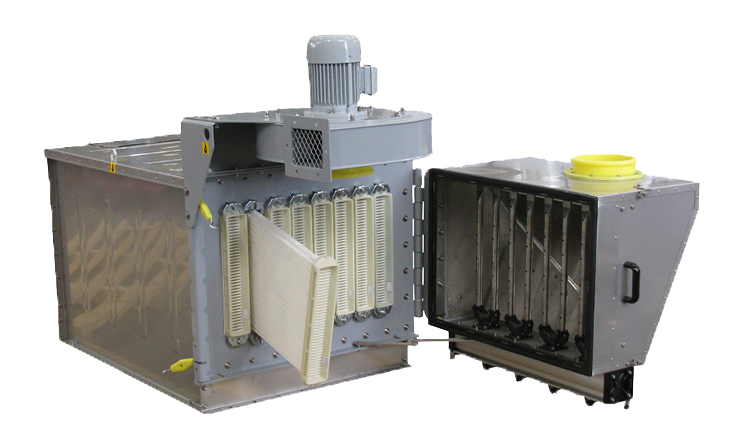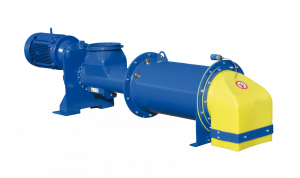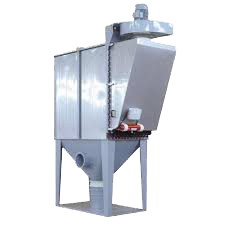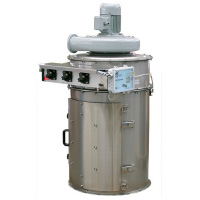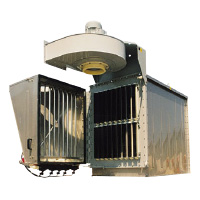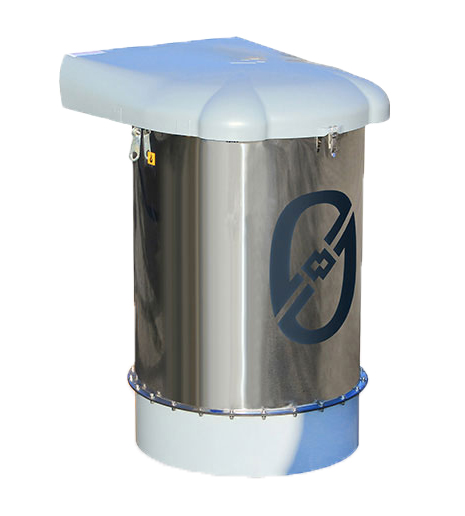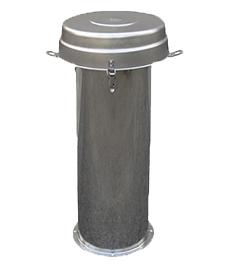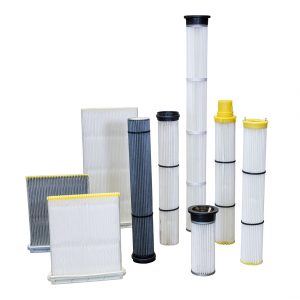Effective Dust Management – Enhancing Air Quality during Industrial Processes
Crystalline silica is composed of tiny particles that can become airborne when materials containing silica are disturbed. Inhalation of these particles over prolonged periods can lead to severe health issues.
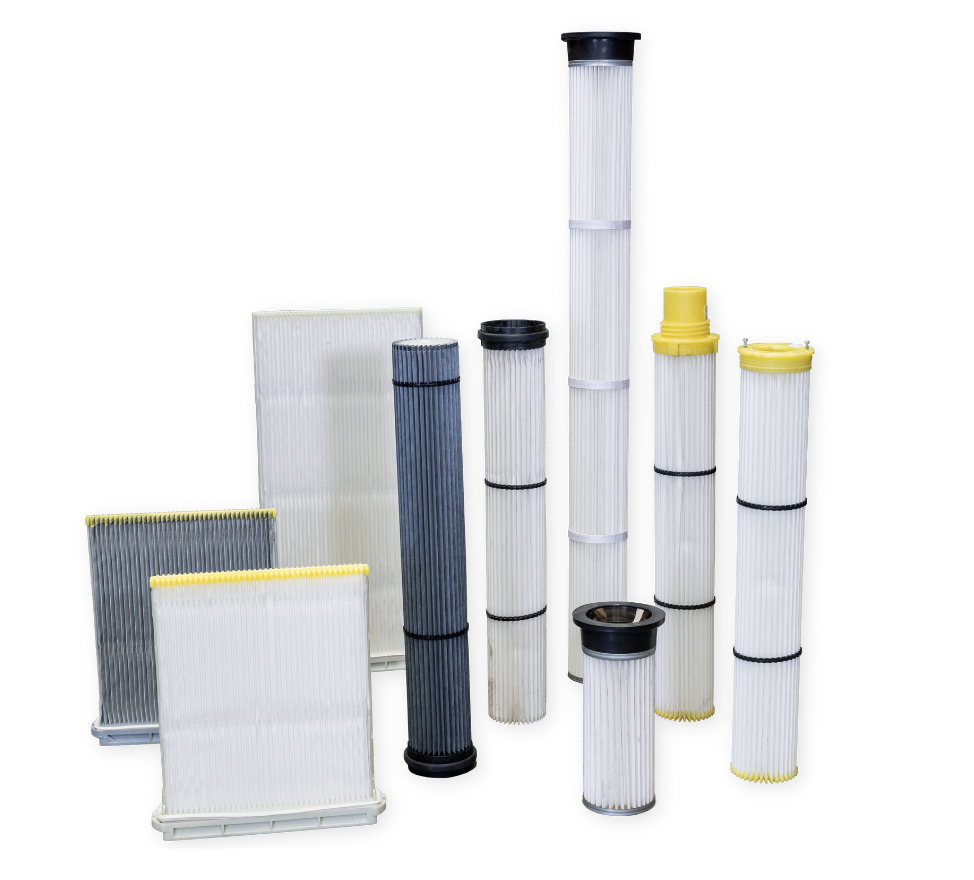
Silica dust, also known as Crystalline Silica, is a common mineral found in various natural materials such as sand, rock & mineral ores. It is extensively used in industries like Construction, Mining, Manufacturing, and Agriculture. While silica plays a crucial role in many processes, its microscopic particles, when released into the air as dust, can pose serious health risks to workers. Effective dust management is essential to mitigate these risks and ensure a safe and healthy environment for your employees.
Understanding Silica Dust & Health Hazards
Crystalline silica is composed of tiny particles that can become airborne when materials containing silica are disturbed. Inhalation of these particles over prolonged periods can lead to severe health issues. The most common health hazard associated with silica dust exposure is Silicosis, a progressive lung disease that causes inflammation and scarring of lung tissues, ultimately leading to breathing difficulties and increased vulnerability to respiratory infections. Prolonged exposure to high levels of silica dust is also linked to lung cancer, chronic obstructive pulmonary disease (COPD), and other respiratory ailments, as per research.
Industries at Risk
A range of industries & occupations expose workers to silica dust on a daily basis, including:
Construction: Cutting, grinding, drilling, or crushing materials like concrete, stone, and masonry can generate silica dust.
Mining: Extraction, drilling, and blasting of minerals such as coal, gold, and iron ore release significant amounts of silica dust.
Manufacturing: Operations involving glass production, foundries, and ceramics can expose workers to silica dust.
Agriculture: Activities like tilling, plowing, and harvesting in dusty environments can also lead to silica exposure.
Effective Dust Management Strategies
To safeguard workers’ health and the surrounding environment, effective dust management strategies are imperative. These strategies not only reduce exposure to silica dust but also enhance workplace productivity and overall safety. Including:
- Engineering Controls: Implementing measures like dust suppression systems, enclosed work areas, and ventilation can significantly reduce the release of silica dust into the air.
- Personal Protective Equipment (PPE): Properly fitting respiratory protection, such as N95 respirators, can help prevent inhalation of silica particles. Employers should ensure workers receive adequate training on correct PPE usage.
- Work Practices: Minimise dust generation by using wet methods, water sprays, or vacuum systems during activities that involve cutting, drilling, or grinding materials containing silica.
- Substitution: Whenever possible, use materials that do not contain crystalline silica to reduce the risk of dust exposure.
- Training and Education: Regularly educate workers about the hazards of silica dust, proper work practices, and the importance of using provided controls & PPE.
- Regular Monitoring: Conduct air quality assessments to monitor silica dust levels & ensure that exposure limits are not exceeded.
- Regulatory Compliance: Adhere to local, national, and international regulations and standards related to silica dust exposure.
Efforts to manage silica dust require collaboration among employers, employees, industry experts, and regulatory agencies. Research into advanced dust management technologies, materials with reduced silica content, and innovative engineering controls can further enhance protection measures and reduce risks like dust management strategies.
Silica dust exposure poses a serious threat to the health and safety of workers. Employers must prioritise effective dust management strategies to mitigate the risks associated with crystalline silica exposure. By implementing a combination of engineering controls, dust management systems, improved work practices, PPE, and comprehensive training, workplaces can safeguard their workforce and contribute to a healthier and safer environment for all. Through ongoing research, innovation, and collective efforts, we can continue to improve dust management techniques and create a safer future for workers in silica-exposed industries.
Dust Management Products


